Ostrich Hood: The New Must-Have Accessory
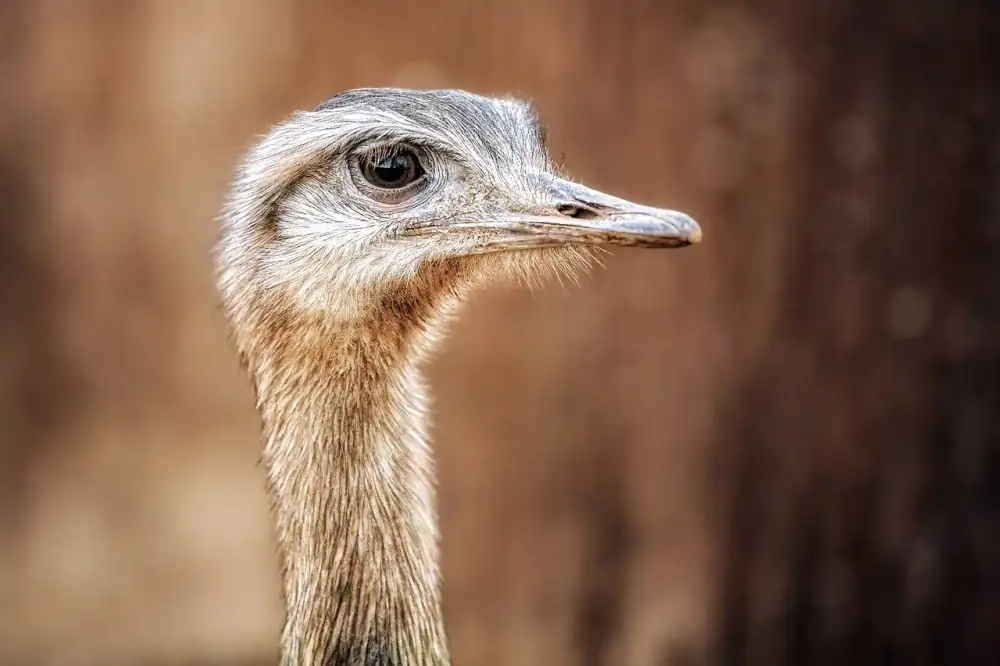
History of Ostrich Feather Hoods
Ostrich feathers have a long and fascinating history as decorative and symbolic items. They have been used to adorn clothing, headdresses, and other objects for centuries. One of the most striking and unusual uses of ostrich feathers is in the creation of hoods.
Ostrich feather hoods have been worn for a variety of reasons, both practical and symbolic. In some cultures, they have been used as a form of protection from the elements, while in others they have been seen as a symbol of status or power.
One of the earliest known examples of an ostrich feather hood comes from ancient Egypt. This hood, which dates back to the 18th Dynasty (circa 1550-1292 BC), is made from a linen base covered in ostrich feathers. It is believed to have been worn by a member of the royal family or another high-ranking individual.
Ostrich feather hoods were also worn in ancient Greece and Rome. In these cultures, they were often associated with the goddess Athena, who was often depicted wearing a helmet adorned with ostrich feathers. Ostrich feather hoods were also worn by Roman soldiers, particularly those who served in the cavalry.
During the Middle Ages, ostrich feather hoods continued to be worn as a symbol of status and power. They were often seen on the helmets of knights and other warriors, as well as on the hats of noblemen and women.
In the 17th and 18th centuries, ostrich feather hoods became a popular fashion item among the European elite. They were often worn by women as part of elaborate hairstyles, and they were also used to decorate hats and other garments.
Today, ostrich feather hoods are still worn for a variety of reasons. They are sometimes seen at historical reenactments, and they are also used in some traditional ceremonies and rituals. Ostrich feather hoods are also popular among collectors of antique clothing and textiles.
Ostrich Hoods in Fashion
Ostrich feathers have long held a place in fashion, prized for their luxurious softness and dramatic flair. One of the more unique and eye-catching applications of these feathers is the ostrich hood. Imagine a hood, not made of fabric, but entirely of fluffy, cascading ostrich plumes. It's a statement piece that evokes a sense of drama and opulence.
| Feature | Ostrich Hood | Regular Fabric Hood |
|---|---|---|
| Material | Ostrich Feathers | Cotton, Polyester, etc. |
| Warmth | Low | Medium to High (depending on fabric) |
| Cost | High | Low to Medium |
| Common Use | Fashion, Costumes | Everyday Wear, Protection from elements |
Historically, ostrich feather hoods have graced the wardrobes of royalty and the elite. Think lavish masquerade balls and opulent opera nights. Today, they are more likely seen on runways and in high-fashion editorials, pushing the boundaries of wearable art.
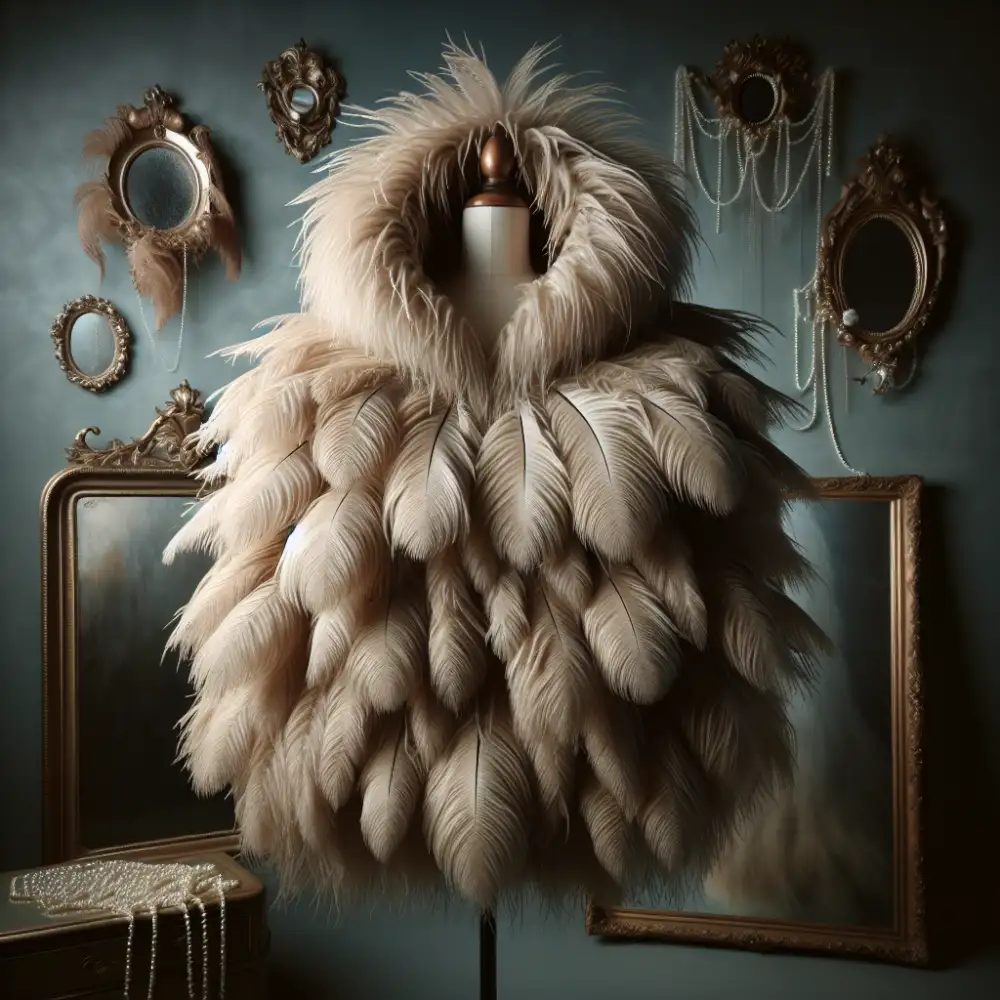
The allure of an ostrich hood lies in its transformative power. It's not just an accessory; it's a statement. It can add an air of mystery, a touch of the avant-garde, or a dose of pure glamour to any outfit. Designers have explored various iterations of the ostrich hood, from full, enveloping styles to smaller, more subtle accents. They've experimented with color, dyeing the feathers in vibrant hues or keeping them in their natural tones.
While not an everyday accessory, the ostrich hood remains a captivating example of how feathers can be transformed into a fashion statement. It's a testament to the enduring allure of ostrich feathers and their ability to add a touch of the extraordinary to the world of fashion.
Ostrich Hood Symbolism
The ostrich feather hood, a garment shrouded in history and symbolism, has graced the attire of various cultures throughout time. Often associated with royalty, warriors, and spiritual leaders, the ostrich feather hood carries profound meanings tied to its unique properties and the majestic creature it originates from.
One of the most prominent symbolisms of the ostrich feather hood is power and prestige. The ostrich, being the largest bird, commands a certain respect and awe. Its feathers, particularly the long, elegant plumes from the male ostrich's tail, have been prized for their beauty and rarity. Wearing a hood adorned with these feathers was a visible declaration of status and authority, often reserved for those in high positions within a society.
Beyond power, the ostrich feather hood also embodies the concepts of wisdom and spiritual elevation. In some cultures, the ostrich is believed to possess a connection to the divine, its ability to run swiftly and see great distances linking it to heightened awareness and spiritual insight. The feathers, light and ethereal, symbolize ascension and the pursuit of higher knowledge. Shamans and spiritual leaders might don ostrich feather hoods during rituals and ceremonies, using them as a conduit to connect with the spiritual realm.
Furthermore, the ostrich feather hood can represent duality and balance. The ostrich, despite its size, is known for its speed and agility, representing a balance between strength and grace. The feathers themselves, while delicate in appearance, are surprisingly strong and resilient, embodying a harmonious blend of contrasting qualities.
The symbolism of the ostrich feather hood is rich and multifaceted, varying across cultures and time periods. However, the underlying themes of power, wisdom, spirituality, and balance remain central to its allure. Whether adorning the head of a king or a shaman, the ostrich feather hood continues to captivate and intrigue, serving as a powerful symbol of the human fascination with the natural world and its profound meanings.
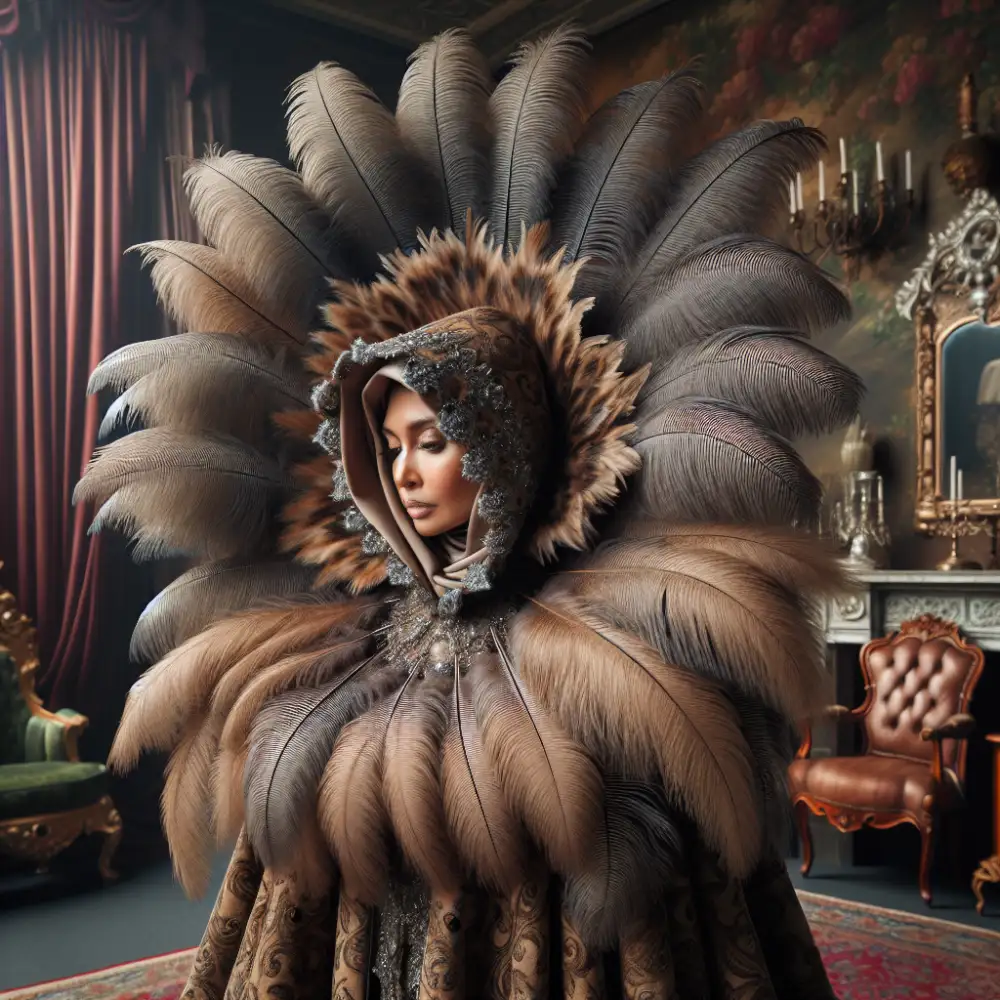
The ostrich hood, a flamboyant whisper of bygone eras, a testament to the human desire to adorn oneself with the extraordinary.
Elara Nightshade
Ostrich Hood Construction
Ostrich feather hoods, often simply called ostrich hoods, are striking and luxurious accessories. They have a rich history, dating back centuries. They were once a symbol of wealth and status, worn by European nobility and royalty. Today, ostrich feather hoods are still prized for their beauty and elegance. They are often seen at formal events, such as weddings and balls.
Constructing an ostrich feather hood is a labor-intensive process that requires a skilled artisan. The first step is to source the ostrich feathers. The finest ostrich feathers come from South Africa. They are known for their length, fullness, and vibrant color. Once the feathers have been sourced, they are carefully sorted by size, shape, and color.
The next step is to create the hood's base. This is typically made from a lightweight material, such as buckram or felt. The base is shaped to fit the wearer's head snugly. Once the base is complete, the ostrich feathers are carefully attached one by one. This is a delicate process that requires precision and patience. The feathers are typically sewn onto the base using a strong thread.
The final step is to add any finishing touches, such as a lining or embellishments. Ostrich feather hoods can be lined with a variety of materials, such as silk or satin. They can also be embellished with beads, sequins, or other decorations.
Ostrich feather hoods are a beautiful and timeless accessory. They are a testament to the skill of the artisans who create them. With proper care, an ostrich feather hood can last for many years.
Ethical Considerations
The use of ostrich feathers, particularly in fashion, has been a subject of debate for many years. While some argue that ostrich feathers are a natural and renewable resource, others express concerns about the ethical implications of using animal products for human adornment.
One of the primary concerns is the potential for cruelty during the feather harvesting process. Ostriches are large, flightless birds that are farmed for their meat, leather, and feathers. To ensure the quality of the feathers, some farmers may pluck them from live birds, which can cause pain and distress. However, ethical ostrich farms prioritize the well-being of their birds and only collect feathers during molting season when they are naturally shed. It's essential to support farms that adhere to humane practices and avoid those that engage in cruel feather harvesting methods.
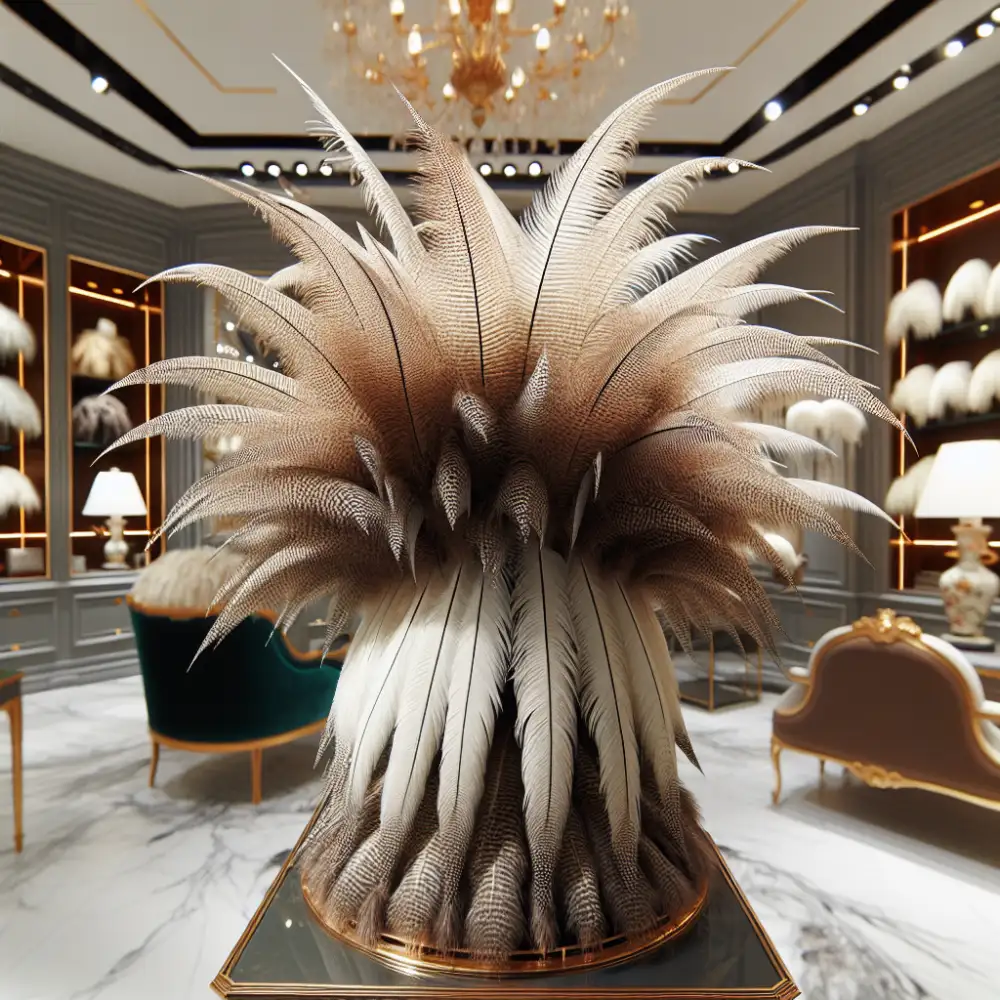

Another ethical consideration is the impact of ostrich farming on the environment. Like any form of animal agriculture, ostrich farming requires resources such as land, water, and feed. It's crucial to consider the sustainability of these practices and support farms that prioritize environmental responsibility.
Ultimately, the decision of whether or not to wear or use products made from ostrich feathers is a personal one. By being informed about the ethical considerations and making conscious choices, consumers can contribute to a more humane and sustainable fashion industry.
Caring for Ostrich Hoods
Ostrich hoods are a unique and stylish accessory, but they require special care to keep them looking their best.
Ostrich feathers are delicate and can be easily damaged if not handled properly. When you're not wearing your ostrich hood, store it in a cool, dry place away from direct sunlight and heat. Avoid storing it in a plastic bag, as this can trap moisture and damage the feathers. Instead, keep it in a breathable fabric bag or box.
To clean your ostrich hood, gently shake it outside to remove any dust or debris. You can also use a soft-bristled brush to lightly dust the feathers. If your hood is heavily soiled, it's best to take it to a professional cleaner who specializes in delicate materials.
Avoid getting your ostrich hood wet, as water can damage the feathers. If it does get wet, gently shake off any excess water and let it air dry completely. Do not use a hairdryer or any other heat source to dry the feathers.
With proper care, your ostrich hood will last for many years to come.
Where to Buy Ostrich Hoods
Ostrich hoods are not a common item and finding one can be tricky. Real ostrich feather hoods are even more rare. You are unlikely to find them in your average clothing store. Your best bet is to start your search online. Specialized retailers focusing on historical clothing, costumes, or theatrical supplies might offer ostrich hoods. Etsy and similar platforms are good places to look for unique, handcrafted items, including those made with ostrich feathers. If you are looking for a hood made from real ostrich feathers, be prepared to pay a premium price. Ostrich feathers are a luxury material and their use in a hood will be reflected in the cost.
If you are looking for a more affordable option, you can try searching for hoods made with synthetic materials that mimic the look of ostrich feathers. These can be a good alternative if you are on a budget or if you need the hood for a costume or theatrical production. No matter what type of ostrich hood you are looking for, be sure to do your research and compare prices from different retailers before making a purchase.
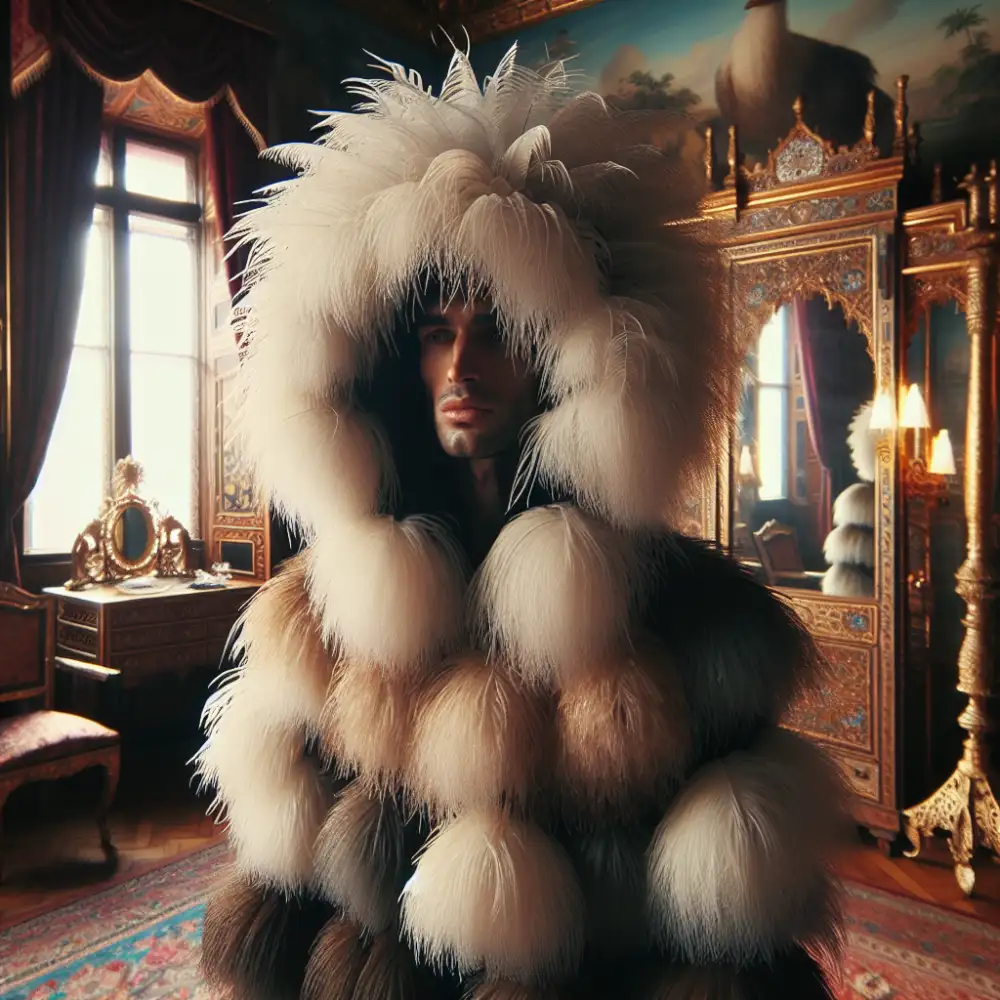
Ostrich Hood Alternatives
While ostrich feather hoods were once a popular fashion statement, their use has declined in recent years due to ethical concerns surrounding the treatment of ostriches. Thankfully, there are now many stylish and ethical alternatives available.
Faux fur hoods offer a cruelty-free option that mimics the look and feel of real fur. They are available in a wide range of colors and styles to suit any taste. Another alternative is wool hoods. Wool is a natural, renewable resource that is both warm and water-resistant. It is also biodegradable, making it a more sustainable choice than faux fur.
For those looking for a more unique option, consider a hood made from recycled materials. Recycled wool, cashmere, and even plastic bottles can be transformed into stylish and eco-friendly hoods. These hoods often feature interesting textures and patterns that you won't find anywhere else. Ultimately, the best ostrich hood alternative for you will depend on your individual style and values.
Published: 03. 07. 2024
Category: Food



